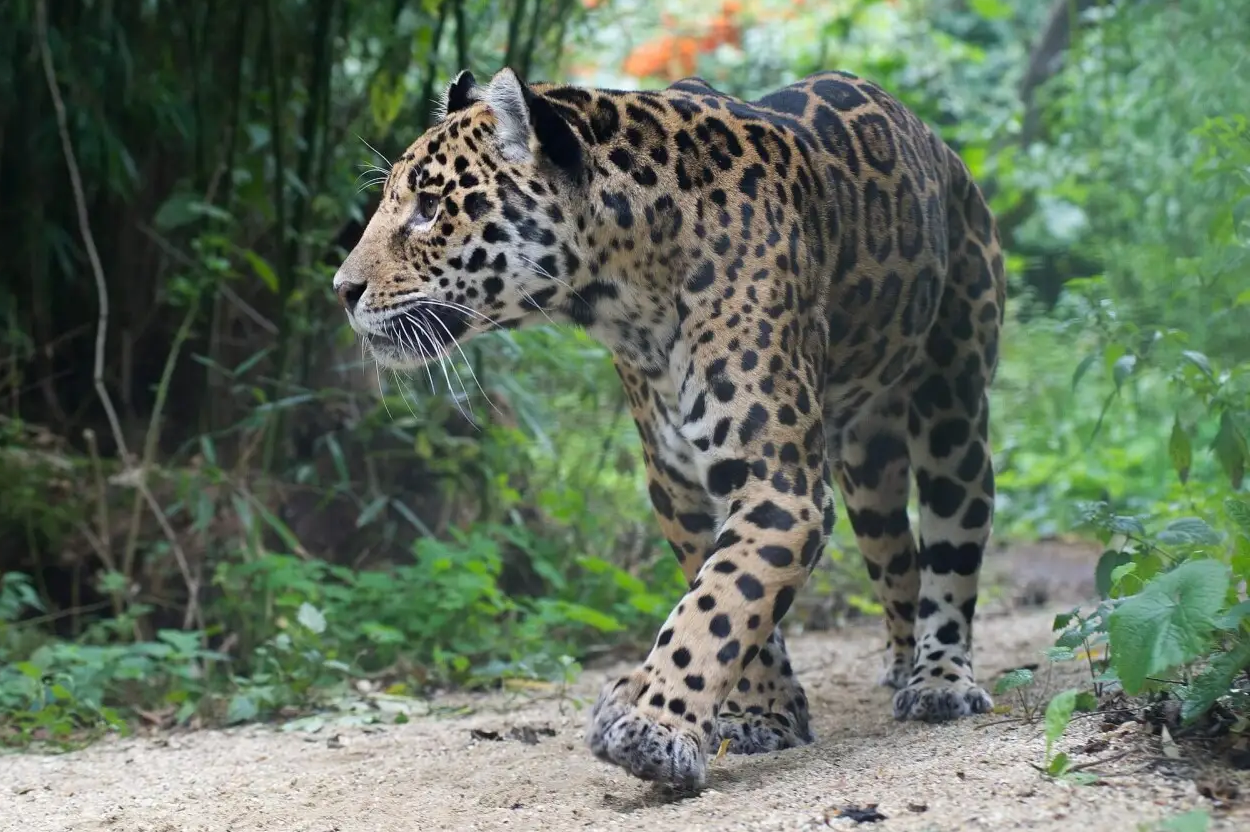1. Amur Leopard

Native to the forests of the Russian Far East and northeastern China, the Amur leopard is critically endangered due to habitat destruction and poaching. There are fewer than 100 left in the wild.
How You Can Help: Support organizations working to preserve their habitat and fight illegal poaching.
2. Vaquita
Photo: Wikimedia Commons
The Vaquita, a small porpoise found only in the northern part of the Gulf of California, is one of the most endangered marine mammals in the world. There are fewer than 10 remaining due to bycatch in illegal gillnets.
How You Can Help: Advocate for the ban of gillnets in Vaquita habitats and support efforts to clean up the Gulf.
3. Javan Rhino
The Javan rhino, one of the rarest rhino species, lives in Indonesia’s Ujung Kulon National Park. Its population has dwindled due to poaching and habitat destruction, with only around 75 left in the wild.
How You Can Help: Donate to rhino conservation groups that work to protect these animals from poaching and habitat loss.
4. Orangutan
Both the Bornean and Sumatran orangutans are critically endangered, primarily due to deforestation for palm oil plantations. With only around 100,000 left, their future is in jeopardy.
How You Can Help: Choose palm oil products that are certified sustainable, and support organizations that help protect rainforests.
5. Sumatran Tiger
The Sumatran tiger is one of the last remaining tiger subspecies, with fewer than 400 individuals in the wild. Habitat loss and poaching for their fur and body parts are the main threats.
How You Can Help: Support wildlife sanctuaries, and push for stricter enforcement of anti-poaching laws in tiger habitats.
6. Mountain Gorilla
Although the mountain gorilla population has increased thanks to conservation efforts, they remain critically endangered due to habitat loss, disease, and poaching.
How You Can Help: Support gorilla tourism and eco-tourism initiatives that benefit local communities and fund conservation efforts.
7. Pangolin
The pangolin is the most trafficked mammal in the world, largely due to demand for its scales in traditional medicine. There are eight species, and all are at risk of extinction.
How You Can Help: Advocate for stronger protection laws and raise awareness about the illegal wildlife trade.
8. Snow Leopard
Found in the mountain ranges of Central Asia, snow leopards face threats from poaching, habitat destruction, and retaliatory killings by herders. There are only about 4,000 left in the wild.
How You Can Help: Support conservation programs aimed at protecting snow leopard habitats and reducing human-wildlife conflict.
9. Hawksbill Turtle
The Hawksbill turtle, known for its beautiful shell, is critically endangered due to illegal trade, habitat loss, and climate change. Fewer than 25,000 females remain worldwide.
How You Can Help: Reduce plastic use to protect turtle habitats, and support organizations working to protect nesting beaches.
10. Red Panda
Native to the Himalayas and China, the red panda is threatened by habitat loss and poaching. Fewer than 10,000 red pandas remain in the wild.
How You Can Help: Support conservation projects that focus on habitat restoration and reduce human-wildlife conflict.
11. California Condor
Once thought extinct, the California condor has been brought back from the brink through captive breeding. However, the species is still at risk due to lead poisoning and habitat destruction.
How You Can Help: Support efforts to remove lead ammunition from condor habitats and educate others about the issue.
12. Leatherback Sea Turtle
The leatherback sea turtle, the largest of all sea turtles, faces threats from poaching, habitat loss, and entanglement in fishing gear. There are fewer than 30,000 remaining.
How You Can Help: Participate in beach cleanups to protect nesting sites and support initiatives that reduce bycatch.
13. Asian Elephant
The Asian elephant faces threats from habitat loss, human-elephant conflict, and poaching. There are only around 50,000 left in the wild.
How You Can Help: Support efforts to create wildlife corridors and reduce human-wildlife conflict in elephant habitats.
14. Swift Parrot
Found only in Tasmania, the swift parrot is critically endangered due to habitat destruction and predation by introduced species like the sugar glider. Fewer than 1,000 individuals remain.
How You Can Help: Support initiatives to protect native forests and create safe environments for the parrot to breed.


